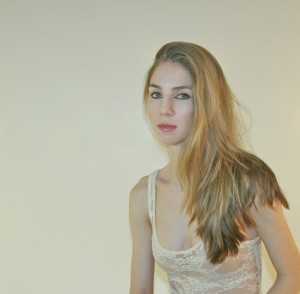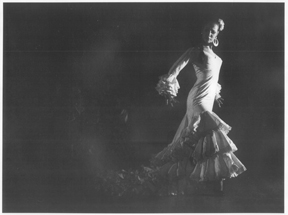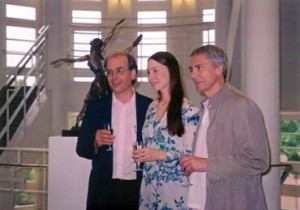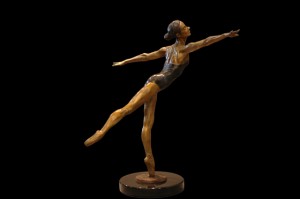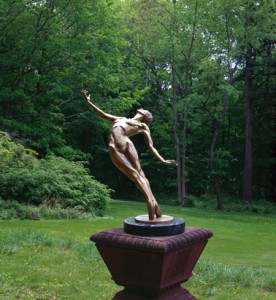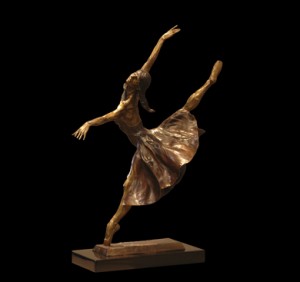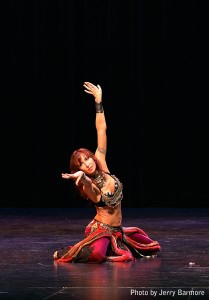Today we have a special treat for 4dancers readers…an interview with Violeta Angelova…a young, and very talented ballerina…
1. Tell me a bit about your background in ballet.
I spent substantial time in the Vaganova training, then the Western school and am now immersed in American ballet.
2. What are you currently doing?
Right now I perform for The Suzanne Farrell Ballet at the Kennedy Center in Washington.
3. Can you share some advice for those who want to be a professional dancer?
Dancing is a commitment. And there is a difference between the lives of professionals in ballet and the lives of professionals in competitive dance for example. In any case it is hard work, so make sure you know what you want and what you are getting into.
4. One thing I noticed about you is that you have a very creative spirit. Do you think that adds something special to your performances as a dancer, and if so, how?
It depends on the role or style I am dancing. Some parts allow more room for flair than others. I have been told I surprised people by elements I add. But I can’t really see myself so I can’t give more definitive answer here.
An intelligent mind is indispensable to any artist. Especially if one is to enrich or challenge the audience. With dance you also need your body to facilitate your vision.
5. What is the high point of your career so far?
Carrying a show or meeting the President could qualify. But it was realizing that I have to follow what is within me and should not hide that I am different.
6. Can you tell me about any challenges that you have faced in dance and what you have done to overcome them?
I am an imperfect perfectionist. I cope with that every day.
7. What does your warm-up consist of before a performance?
Usually it’s half an hour to an hour of warm-up exercises plus another hour for hair, make-up and shoes preparation.
8. Can you share five items you can’t live without on tour?
Pointe shoes, underpants, water. Can’t live without them, hehe..
I like to be comfortable when traveling, so I take things. Sometimes situations have you go without the elements you enjoy. For me foam roller, foot roller, heating pad in winter, tea even in summer and iPod – these are all on the list.
9. You recently launched “The Vio Shop“. What does it have and how did that idea come about?
The idea just came to me. It was a while back and originally I dismissed it. Right now in the shop we have the “Angel” tutu, first model of the Viotard, gifts, among them posters. We might add more things in the future.
10. What is next for you?
Dancing, reading and hopefully spending more time on and showing original works.





